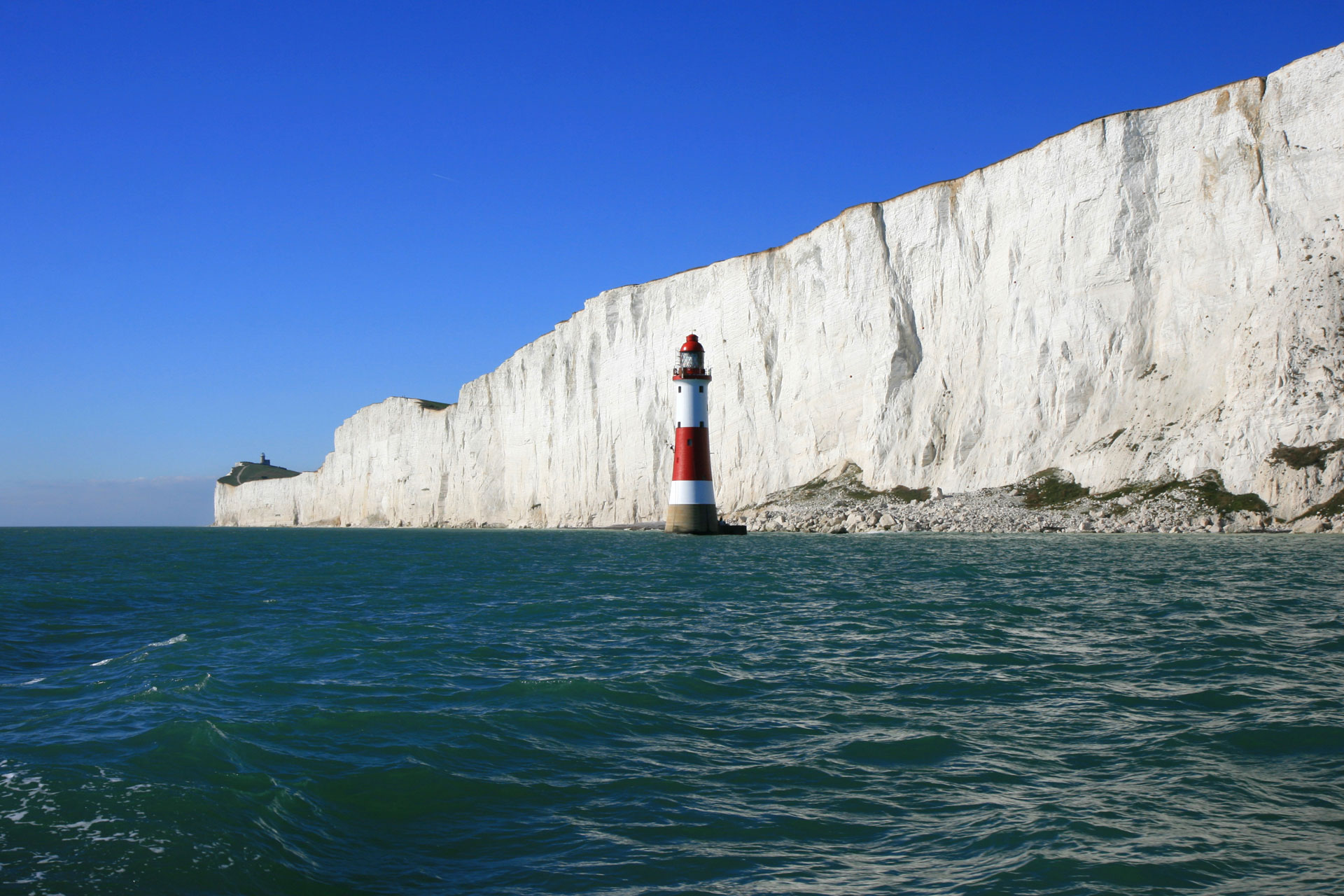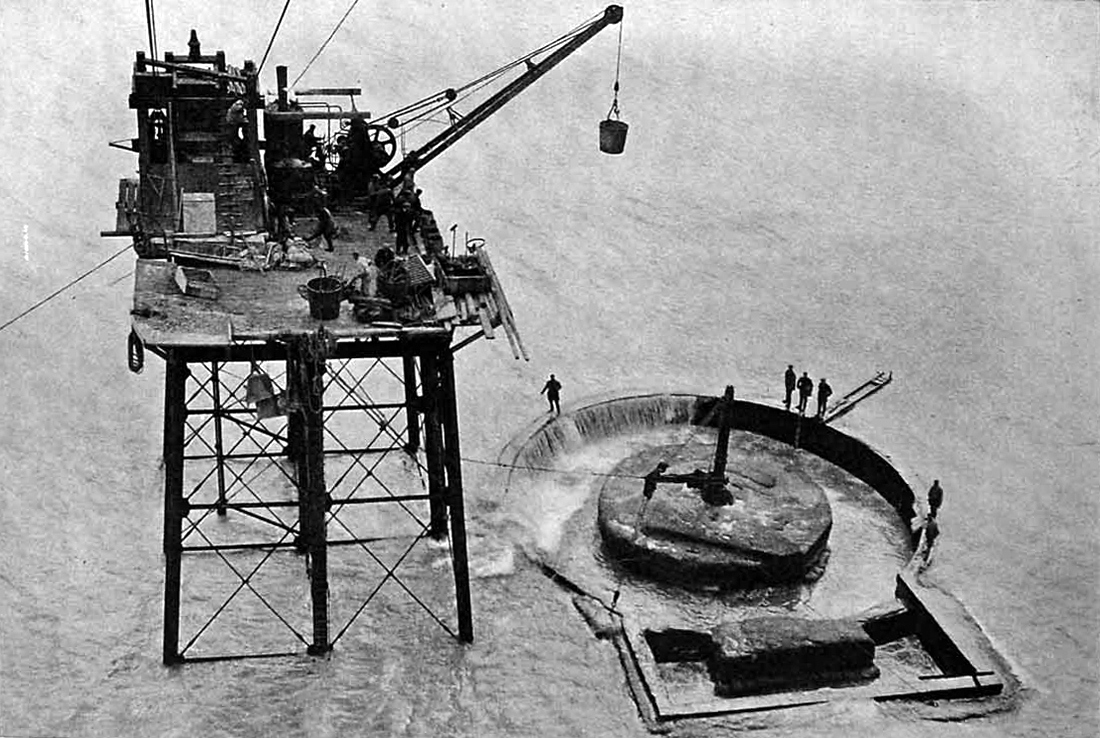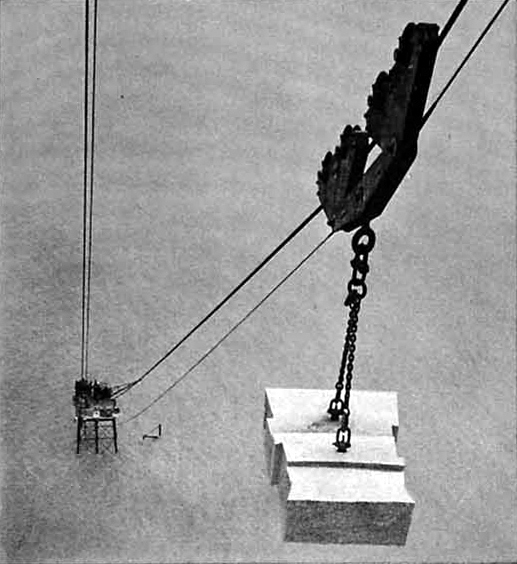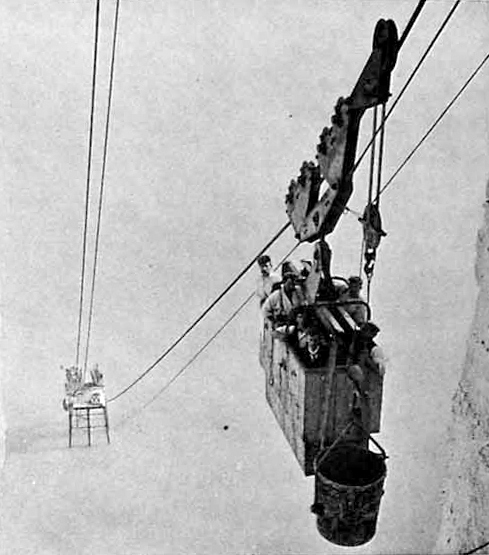The original Belle Tout lighthouse was built in 1832 and came into operation on the 11th October 1834.
Whilst Belle Tout was a very successful lighthouse, it suffered from a number of problems. Sea fog would often obscure the light and over the years, erosion of the cliff reduced the effectiveness in relation to the proximity to the cliff edge. In the late 1800s it was decided by Trinity House that they needed a new lighthouse.
They didn’t want to build the lighthouse at the top of the cliffs otherwise it would suffer from the same problems as Belle Tout – so they decided to build it at the base of the chalk cliffs at Beachy Head.
Sir Thomas Matthews who was chief designer for Trinity House set about drawing up the plans for this new lighthouse.
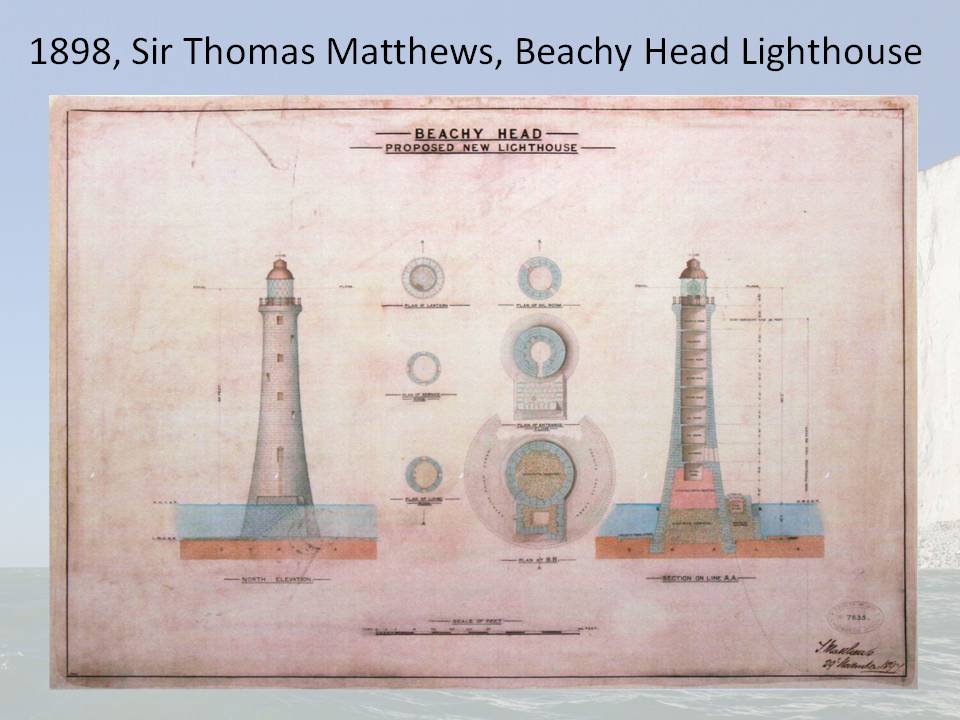
Work began on the new Beachy Head lighthouse. It’s position at the base of the chalk cliffs was a challenging location and required an ingenious solution to ferry men and materials to the construction site.
A cable rope-way system was built at the top of the chalk cliff to winch men and equipment to the site.
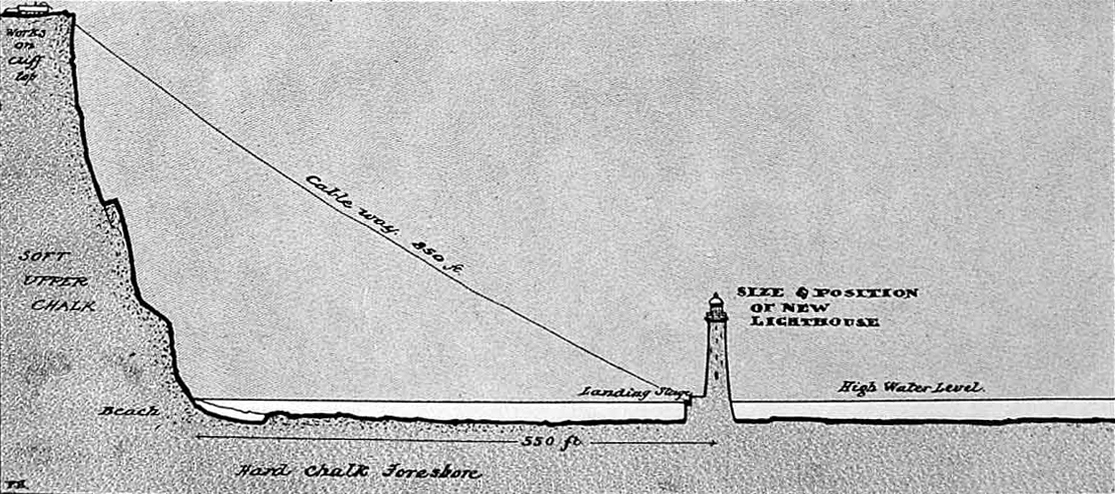
The original foundations were protected by a coffer dam to keep the water out as the sea came in twice a day. Even this wasn’t enough and steam powered pumps were operational 24 hours a day to pump any remaining water out.
The cable rope-way linked to a landing platform and crane which would then help position the blocks as the construction of the tower continued.
The cable rope-way system was used to lower the huge granite blocks down to the landing platform and crane.
The cable rope-way system was even a way for the work men to get to work.
On the 25th February 1902 the last stone was laid, (©Science Photo) and the lighthouse finally operation and was first lit on the 2nd October 1902.
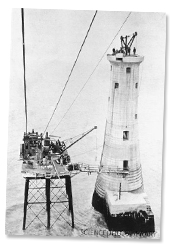
The tower is made from granite from the De Lank Quarry in St Brewards near Bodmin in Cornwall. The lighthouse did not always have its familiar red and white stripes. Originally it was just its grey granite colour, then a black stripe was added and then finally it was painted red and white to make it more prominent as a day mark.
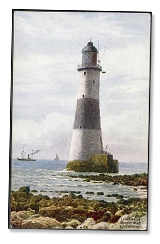
The height of the tower is 43 metres and had a first order 920mm asymmetrical catadioptric optic which produces a white flash every 20 seconds. It has a range of 8 nautical miles.
The Beachy Head lighthouse was one of the last lighthouses to be fully electrified in 1975. It became completely automated in 1983. It was the end of an era for the keepers who had watched over these shores.
Much more detailed information together with rarely seen photos and stories from former lighthouse keepers at Beachy Head is in my book, The Story of the Beachy Head Lighthouse – available to buy online and from selected outlets in and around Beachy Head.
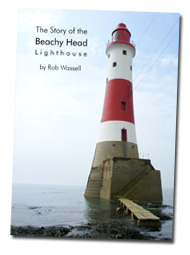
The Story of the Beachy Head Lighthouse
Click here for more information
The book that helped save the Beachy Head Lighthouse stripes
